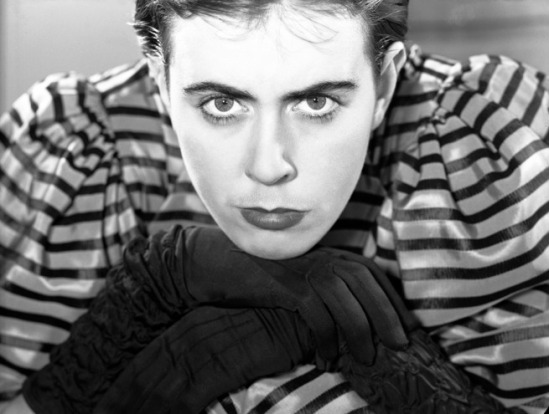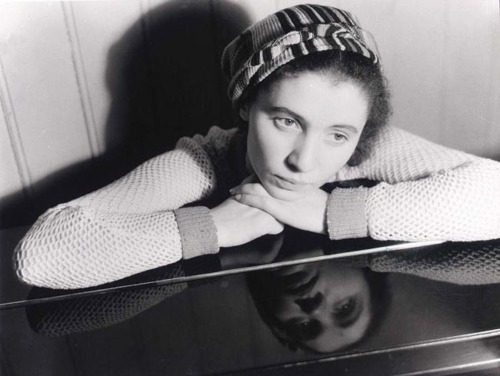|
Uitgave Nederlandse Verbruikscoöperaties - Rotterdam 1952
|
Posted by on April 5, 2013
Photographer and photojournalist Eva Besnyö was born in Budapest on April 29, 1910, who participated in the Nieuwe Fotografie (New Photography) movement.
In 1928 she began a two-year course of studies at the renowned József Pécsi Portrait, Advertising and Architecture Studio, where she also did her apprenticeship. In 1930 at the age of 20 she decided to move to Berlin, metropolis of the avant-garde, not only in order to get away from home but also in order to leave the Hungary of the Horthy regime. Later she referred to her stay in Berlin as the most important period of her life, meaning that it laid the foundations not only of her photographic practice but also of her political awareness. She became part of the social and political circle of intellectuals which included György Kepes, Joris Ivens, Lászlo Moholy-Nagy, Otto Umbehr and Robert Capa. In 1931, she opened her own studio where she was successful in receiving agency work. Her well-known photograph of the gipsy boy with a cello on his back stems from that period.
In 1928 she began a two-year course of studies at the renowned József Pécsi Portrait, Advertising and Architecture Studio, where she also did her apprenticeship. In 1930 at the age of 20 she decided to move to Berlin, metropolis of the avant-garde, not only in order to get away from home but also in order to leave the Hungary of the Horthy regime. Later she referred to her stay in Berlin as the most important period of her life, meaning that it laid the foundations not only of her photographic practice but also of her political awareness. She became part of the social and political circle of intellectuals which included György Kepes, Joris Ivens, Lászlo Moholy-Nagy, Otto Umbehr and Robert Capa. In 1931, she opened her own studio where she was successful in receiving agency work. Her well-known photograph of the gipsy boy with a cello on his back stems from that period.
Beacause of the political climate she moved to Amsterdam in 1932 with her Dutch friend John Fernhout whom she married. With the assistance of Charley Toorop, she participated in exhibitions which led to commissions in press photography, portraits, fashion and architecture. Her solo exhibition in the Van Lier art gallery in 1933 consolidated her recognition in the Netherlands. Besnyö experienced a further breakthrough with her architectural photography only a few years later: translating the idea of functionalist “New Building” into a “New Seeing”
After the war she again received commis sions for docu mentary work but became less active as she raised her two children fathered by the graphic designer Wim Brusse. In the 1970s, she was active in the Dutch feminist movement Dolle Mina, fighting for equal rights and photographing street protests.
Wim Brusse (1910-1978), as the son of a publisher, he was exposed to typography, publicity and printing matters as a child. He studied at the Royal Academy of The Hague. After having worked in a progressive advertising agency, he set up his own studio.

.jpg)

















































